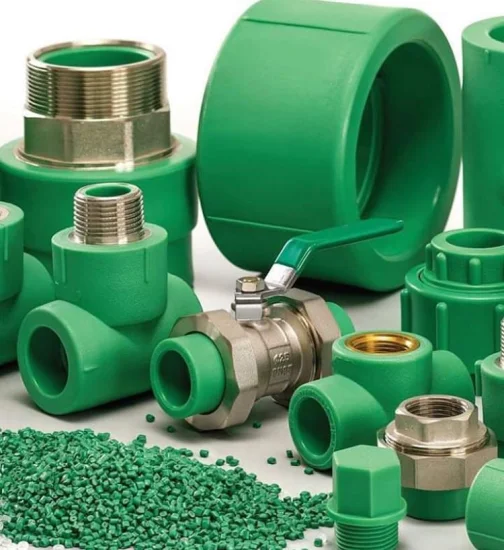PVC pipes and fittings, which are used in a myriad of applications ranging from water distribution systems to drainage networks, play a crucial role in ensuring the smooth flow of essential resources. The supply and delivery of these products are integral to maintaining infrastructure integrity and supporting the development of communities. This article explores the intricacies of the supply chain for PVC pipes and fittings, focusing on efficiency, reliability, and the factors that influence their seamless distribution.
The Importance of Efficient Supply Chains
In any industry, the efficiency of the supply chain is paramount to ensuring timely delivery of products and minimizing costs. For PVC pipes and fittings, this efficiency is particularly critical due to the widespread use of these materials in critical infrastructure projects. Efficient supply chains not only guarantee that materials are available when needed but also help maintain inventory levels, reduce waste, and enhance customer satisfaction.
Key Players in the Supply Chain
The supply chain for PVC pipes and fittings involves several key players, each with a distinct role:
- Manufacturers: These entities produce the raw PVC resin and formulate it into pipes and fittings through extrusion and molding processes. Manufacturers must adhere to strict quality control measures to ensure product durability and compliance with industry standards.
- Distributors and Wholesalers: These intermediaries act as the bridge between manufacturers and end-users, such as contractors, plumbers, and building developers. They handle bulk orders, storage, and logistics, ensuring that products are readily available for purchase.
- Retailers: These include both brick-and-mortar stores and online platforms that sell PVC pipes and fittings to consumers and small businesses. Retailers often provide additional services, such as cut-to-length services and technical advice.
- Logistics Providers: Efficient delivery relies heavily on logistics companies that specialize in transporting heavy and bulky materials. They must have the capacity to handle large volumes of PVC pipes and fittings while adhering to safety protocols and minimizing environmental impact.

Factors Influencing Supply and Delivery
Several factors impact the efficiency and reliability of the PVC pipe and fitting supply chain:
- Demand Fluctuations: Seasonal variations, economic trends, and infrastructure projects can significantly affect demand. Manufacturers and distributors must be agile in adjusting production and inventory levels to meet these fluctuations.
- Geographical Distribution: PVC pipes and fittings are often manufactured in specific regions due to the availability of raw materials and production facilities. Efficient logistics networks are essential to ensure timely delivery to remote or underserved areas.
- Quality and Compliance: Ensuring that products meet industry standards and regulatory requirements is crucial. Manufacturers must invest in quality control measures, and distributors must verify the authenticity and compliance of their supplies.
- Technological Advancements: Innovations in manufacturing and logistics, such as automation and data analytics, can enhance productivity, reduce waste, and optimize delivery routes.
Challenges and Solutions
Despite the importance of efficient supply chains, several challenges persist:
- Transportation Costs: The bulky nature of PVC pipes and fittings can make transportation expensive. Utilizing intermodal transportation (combining rail, truck, and ship transportation) can reduce costs and environmental impact.
- Inventory Management: Balancing inventory levels to avoid shortages and excess stock is challenging. Advanced inventory management systems that integrate real-time data and predictive analytics can help streamline this process.
- Environmental Concerns: The production and disposal of PVC materials raise environmental concerns. Adopting sustainable practices, such as recycling and using eco-friendly additives, can mitigate these impacts.
- Supply Chain Transparency: Ensuring transparency throughout the supply chain can be difficult, especially with complex networks involving multiple intermediaries. Blockchain technology, which provides a secure and immutable record of transactions, can enhance transparency and traceability.


















